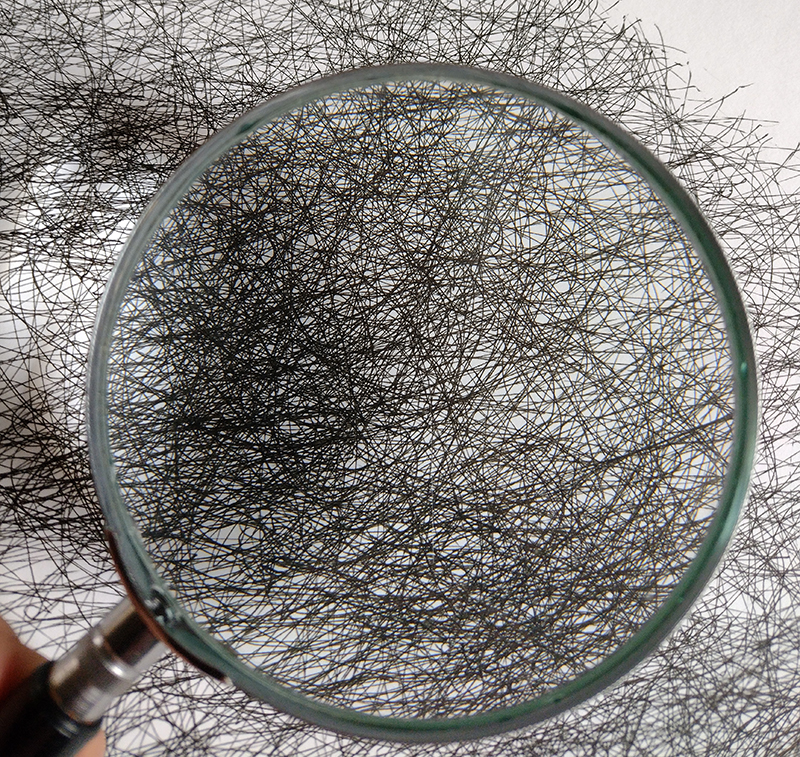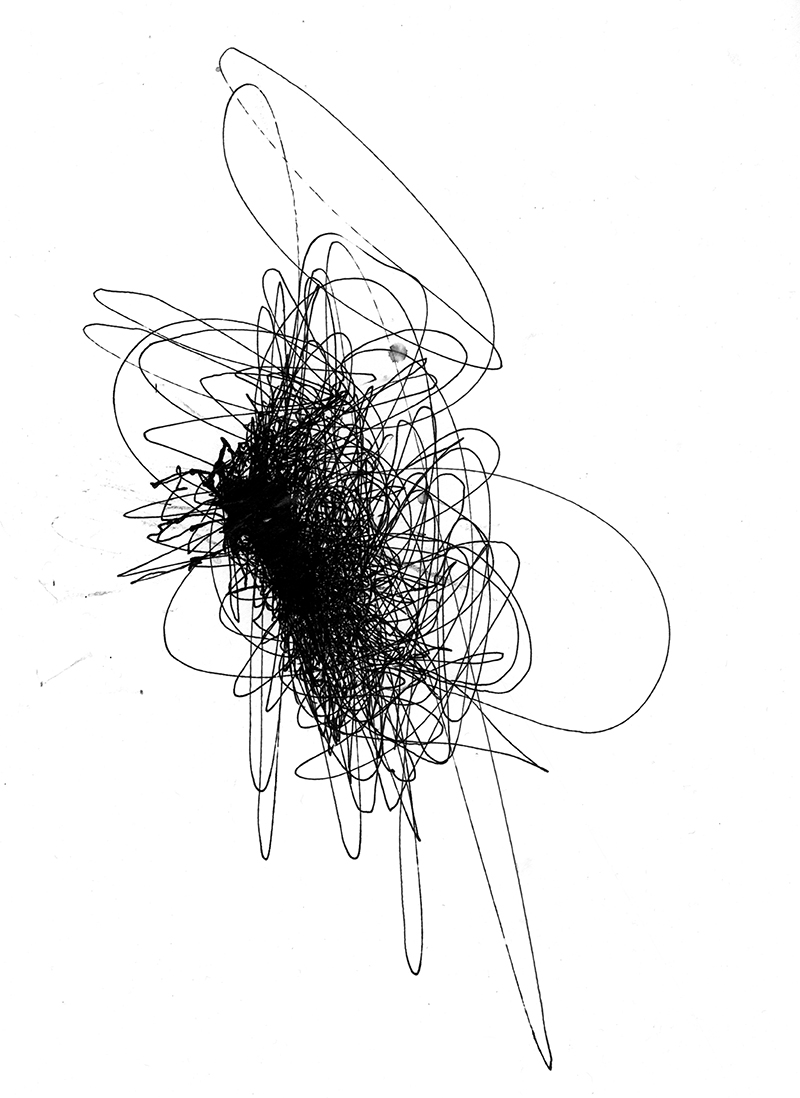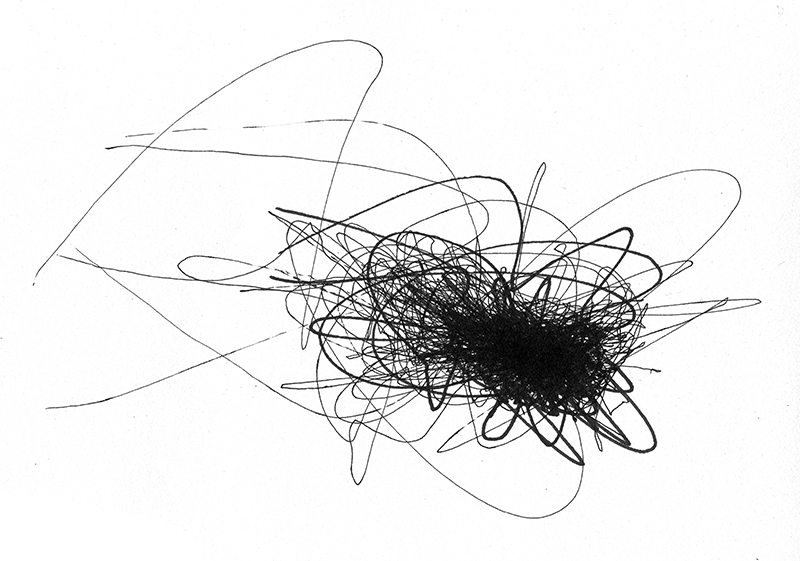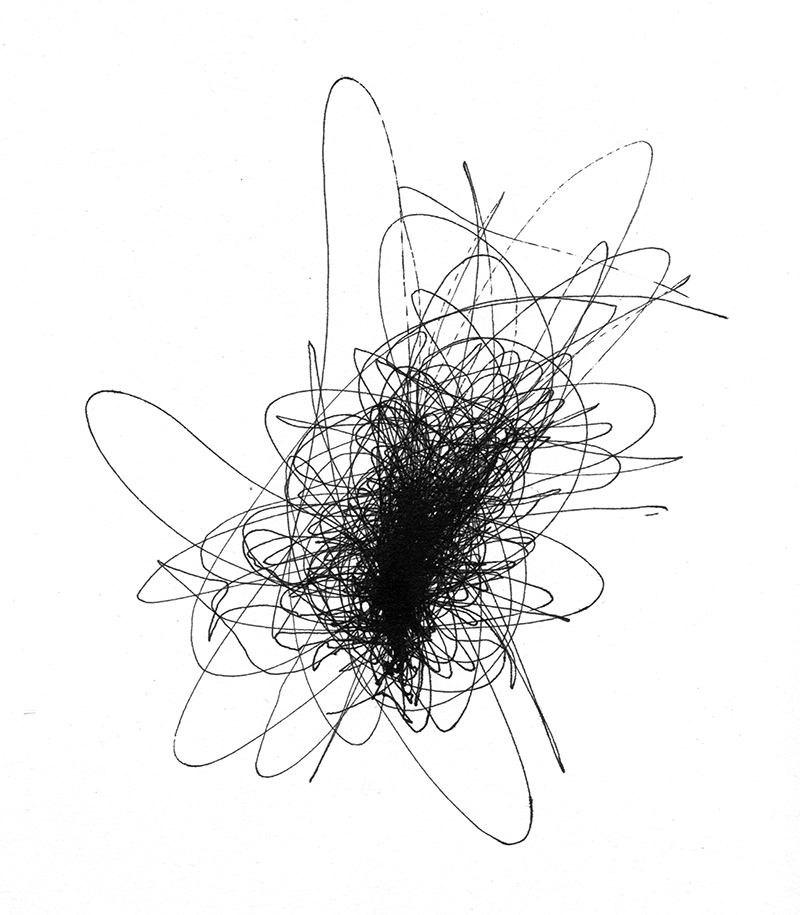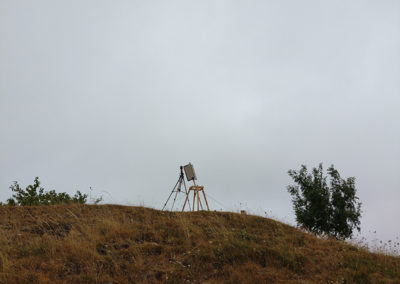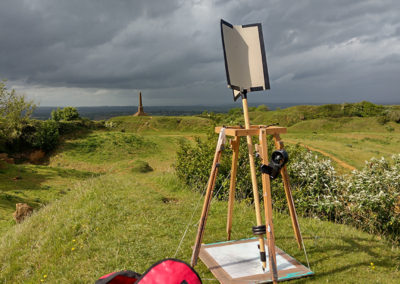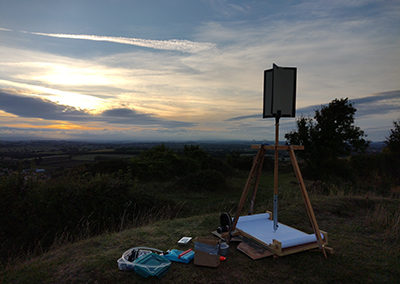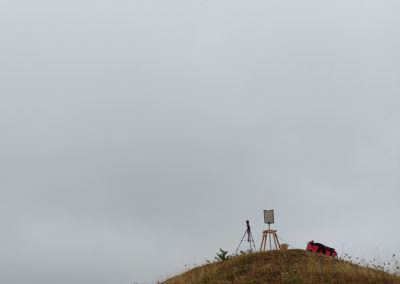WIND DRAWINGS
Conceptulising what the wind might look like and embody, I could not ignore the evidence that was phyiscally around us. That is the affect of the wind’s influence on the physical world. We know of the wind’s presence by the feel of it across our bodies. The indiscriminate odours it brings. The sound as it roars through trees, even hearing distant sounds caried on the wind as its direction alters. In many ways we are already fully equipped to start to visualise the invisable without having any visual reference. The most obvious evidence of the wind’s visual presense is the influence it has on the movement of trees, fauna, flora, clouds and other inert objects. This was an area of study which has often captivated me, watching a tree sway backwards and fourth, sometimes the movement can be so erratic that making sense of the wind’s exact direction difficult. Beyond the use of photography, recording this movement into something physical that you can observe, study and retain is actually quite a fascinating challenge. Inherently everything that you do to try and record the motion of an object, then encumbers and alters the mechanics and therefore the object’s movement. I was interested in developing some apparatus that would mimic the natural movement of a blade of grass or tree, for instance.
Recording and tracing its movement in space, but also through time. The Pendulum Wind Machine, which I have designed and developed, is still in its infancy and under constant revision. It does a wonderful job at replicating most of the physical movements observed from the wind’s interaction with a tree, plant or grass. Each movement of the machine is captured through the drawing arm and recorded by a pen, which scribes a recording of the machine’s movement onto a piece of paper. I have also introduced the use of a paper transfer belt, the principle of which is to slowly move the paper as the machine works, recording its movement over time. This enables us to see and identify the specific movements at certain times, within an otherwise concentrated drawing. The captivating thing for me, is the thought of this object’s very transient existence in that exact moment in time and space is otherwise lost and ignored, yet here we have a recording, evidence of the wind’s influence.







